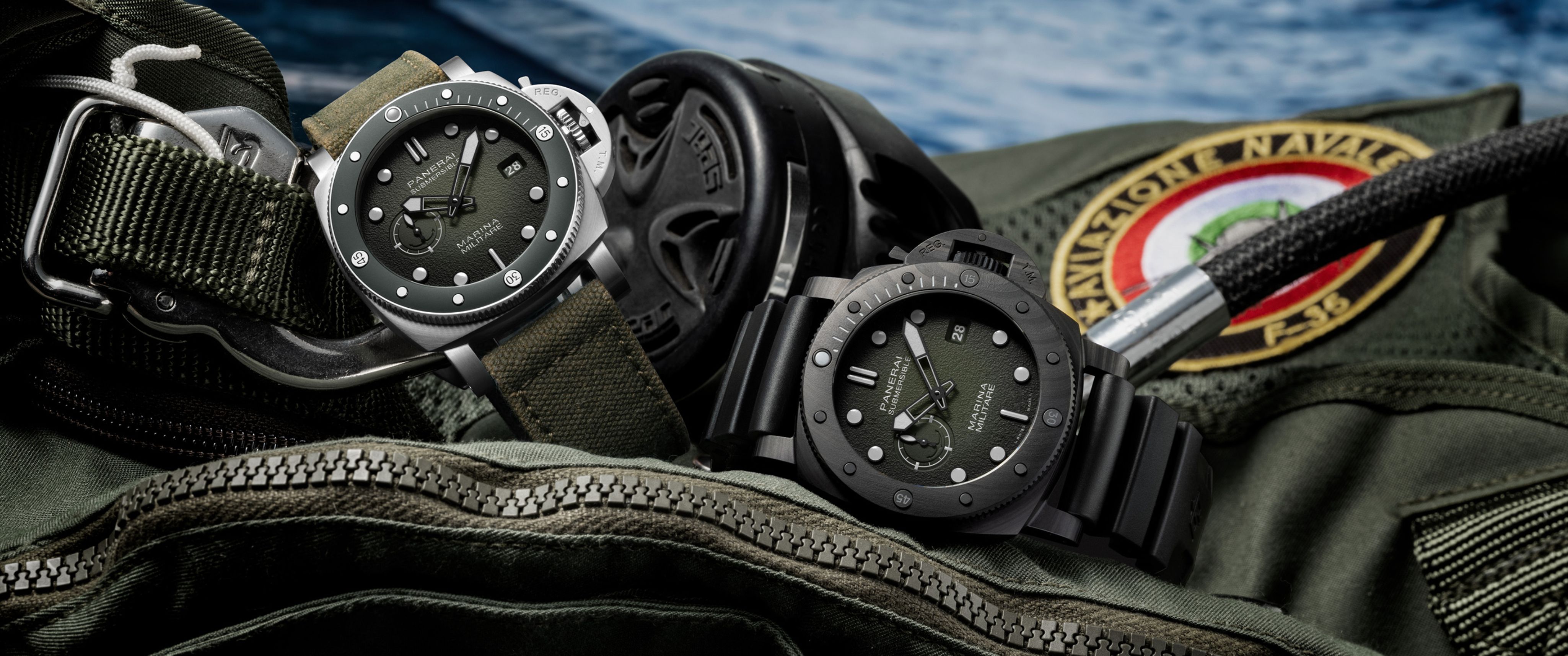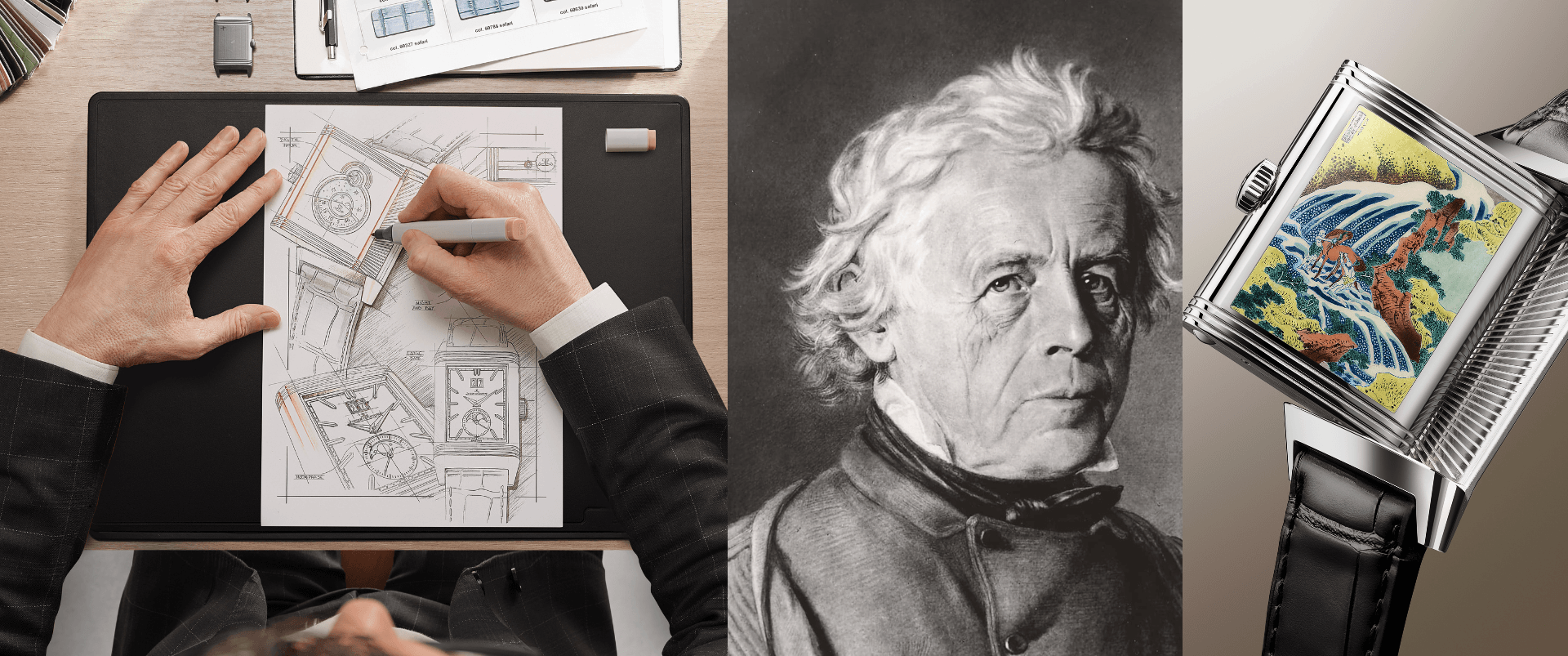Chronicles Of Movado: From Zenith To The Present Day
Movado has long been known for its minimalist elegance and iconic Museum Dial, but in India, it’s a brand that often gets overlooked when the conversation turns to serious watchmaking. During one of my frequent visits to Delhi, I wandered into a Just In Time boutique and was immediately drawn to a collection of Movado watches. The sight of them stirred up fond memories and piqued my curiosity, prompting me to delve deeper into the brand’s rich history.
For many, the brand might not immediately come to mind when thinking of the traditional Swiss watchmakers. But before passing judgment, it’s important to delve into the fascinating history and technological innovations that have made Movado a truly serious and respected name in horology. So, let’s take a step back in time to explore why Movado deserves more recognition and attention, especially for the discerning watch enthusiasts in India.
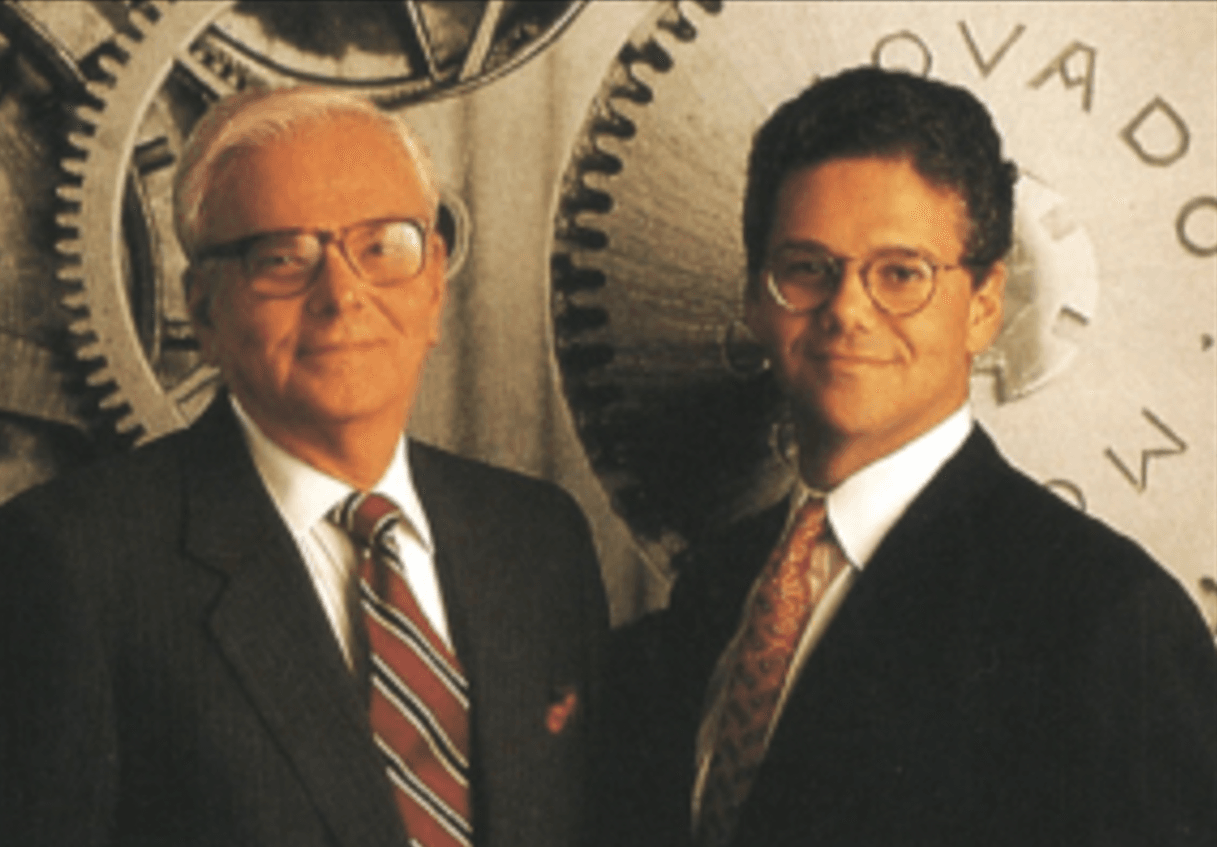
Movado’s roots go back to 1881, when Achille Ditesheim, a young entrepreneur, established a small workshop in La Chaux-de-Fonds, Switzerland. At the time, Switzerland was already home to some of the world’s finest watchmakers, but Ditesheim was determined to carve out his own path. By 1905, his company had officially become Movado—a name derived from Esperanto, meaning “always in motion,” perfectly embodying the brand's philosophy of continuous innovation and progress.
Patented Innovations
Between 1902 and 1912, Movado filed numerous patents, some of which would forever change the way we look at watches. In 1912, Movado introduced the Polyplan, a revolutionary design that featured a multi-layered movement, allowing the timepiece to contour perfectly to the wrist. The Polyplan was more than just a beautiful design; it was an ergonomic marvel—one of the first watches to adapt seamlessly to the shape of the human wrist. The Curviplan, introduced in 1926, was another milestone for Movado. It featured a beautifully curved design that combined both technical and aesthetic excellence. This design set the stage for the brand's focus on creating timepieces that weren’t just functional but also works of art.
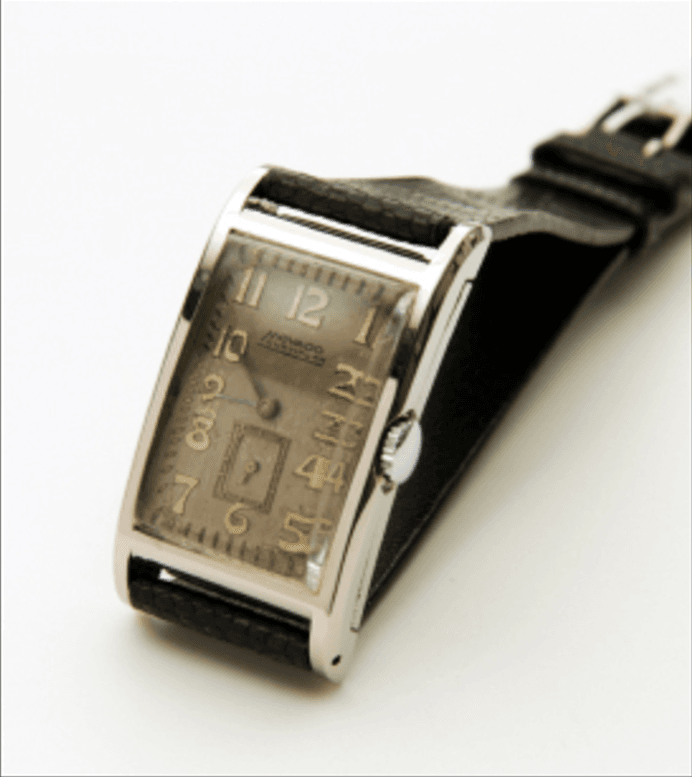
The Ermeto: A Swiss Icon of Practical Innovation
Perhaps one of Movado's most intriguing inventions came in 1926 with the release of the Ermeto. This travel watch was designed with an adjustable, hermetically sealed case, making it a masterpiece of form and function. What made the Ermeto especially innovative was its self-winding feature—when the user opened and closed the case, it wound the watch automatically. This groundbreaking mechanism created a "pseudo-automatic" watch, making the Ermeto a favourite among both watch collectors and practical users. The Ermeto remains an iconic Movado model, loved for its elegant design and innovative functionality. It demonstrated the brand's commitment to pushing boundaries and finding new ways to improve timekeeping.
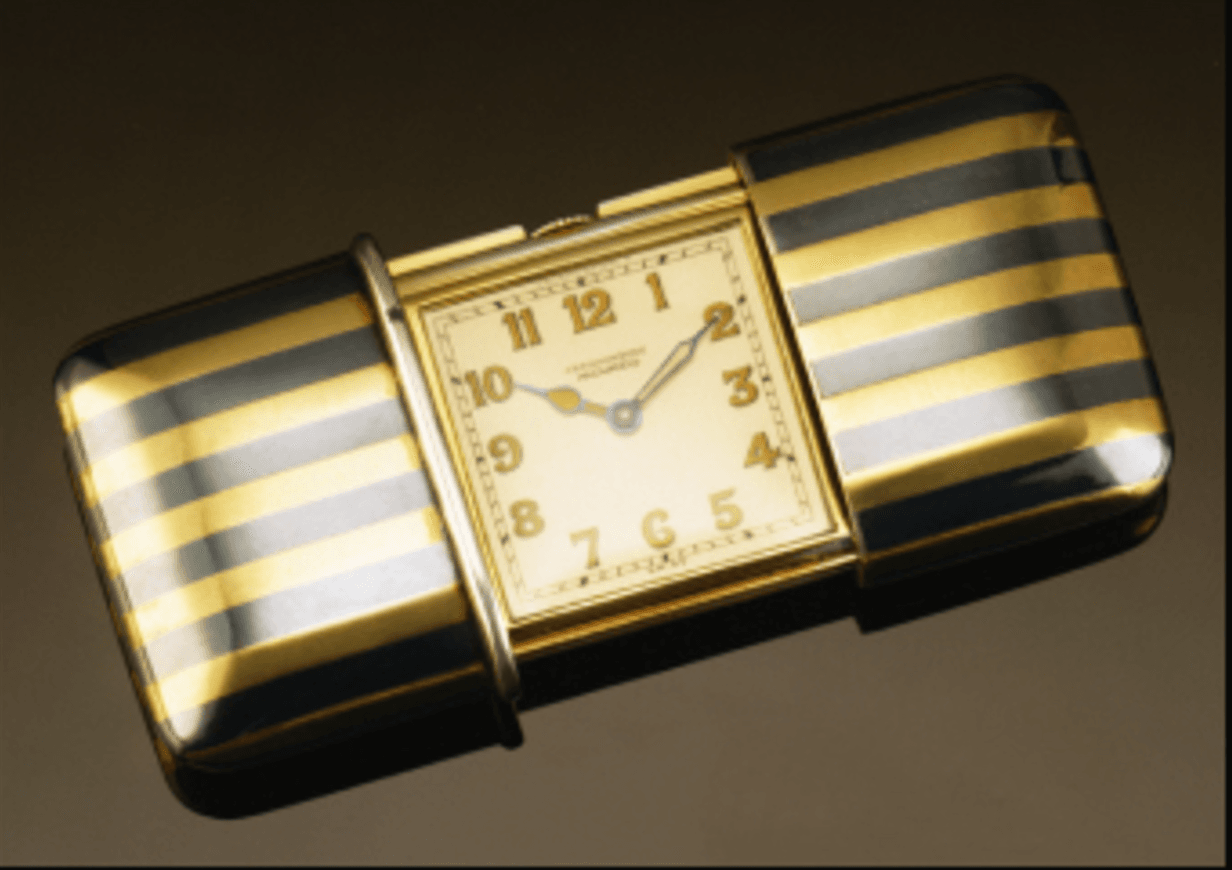
Chronographs and Complications
In the late 1930s, Movado introduced its first in-house chronograph movements: the M90 and M95 calibers. The M90, introduced in 1938, had two sub-dials, while the M95 featured three sub-dials and was produced for nearly three decades.
In the 1940s, Movado took things further with the introduction of the Calendograf, a “triple calendar” complication that displayed not only the time but also the day, date, and month. This was followed by the Celestograf, which added a moonphase complication to the mix, making it a highly sophisticated timepiece for its era. In 1954, Movado launched the Calendomatic, an automatic version of the Calendograf, cementing the brand’s commitment to innovation in watchmaking.
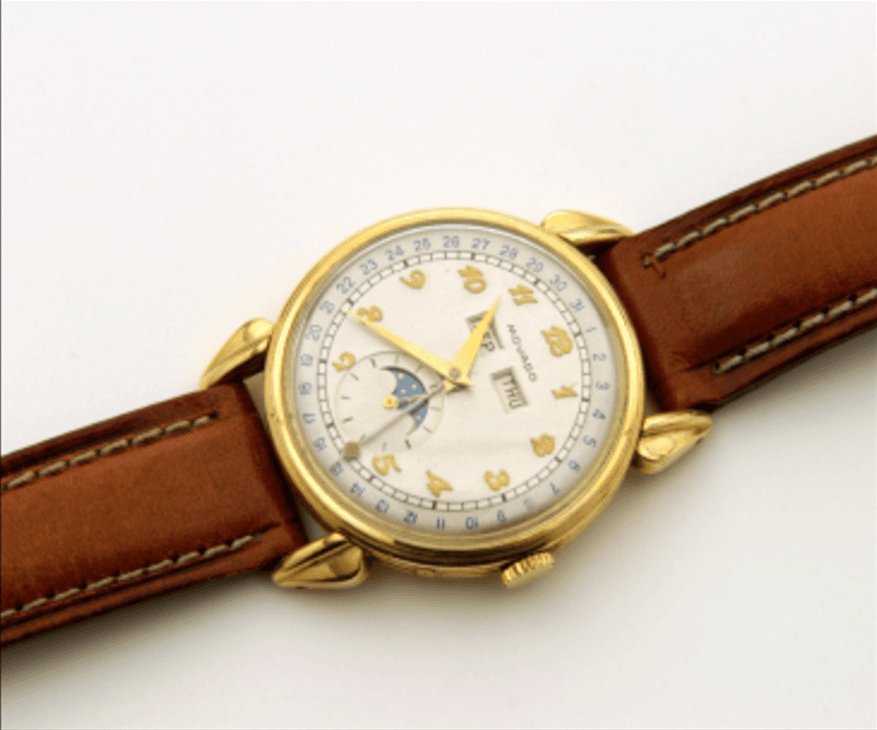
The François Borgel Collaboration
Throughout its history, Movado’s influence extended beyond just its own creations. The brand had an important partnership with legendary Swiss case maker François Borgel, whose cases became a hallmark of high-quality craftsmanship. Borgel’s designs were used on some of Movado’s most iconic models, including the Acvatic, Movado’s first waterproof timepiece, introduced in the 1930s yet again exemplifying the brand's commitment to sourcing the best materials and craftsmanship, ensuring that every timepiece met the highest standards of quality.
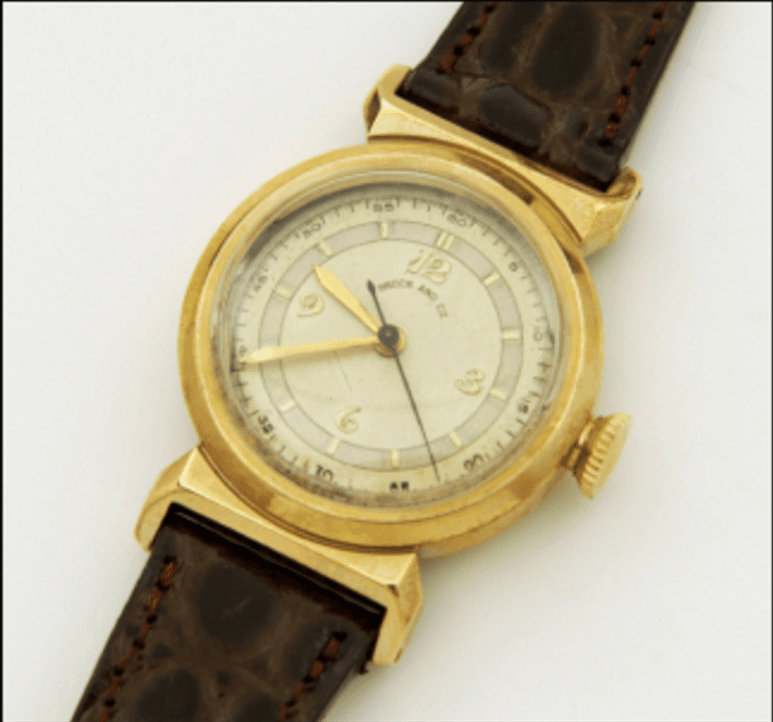
The Stern-Movado dials
Movado did produce some of its own dials, but they also worked with other dial makers from time to time. However, the majority of dials I’ve come across are stamped on the reverse with various numerical codes and/or a star. These markings, particularly the star punch—often seen on dials made post-1950—are strong indicators that the dial was produced by Stern, who was responsible for some famous stone dials for Rolex and various Patek Philippe references.
Movado and El Primero
In 1969, Movado underwent a significant transformation, merging with two prominent Swiss watchmakers: Zenith and Mondia. This collaboration allowed the brands to share resources, especially in terms of movement technology, as they exchanged and utilized each other's expertise. Movado, in particular, made extensive use of Zenith's renowned mechanical movements, which helped elevate their own watchmaking standards. That same year, Zenith unveiled its iconic El Primero chronograph, a groundbreaking movement that became one of the most celebrated in horology. In response, Movado introduced its own version, the Datron, which featured a similar chronograph mechanism and was primarily marketed to the American audience. One of Movado’s more ambitious creations during this period was the Astronomic, a triple-date moon phase watch, which further solidified the brand’s commitment to sophisticated complications.
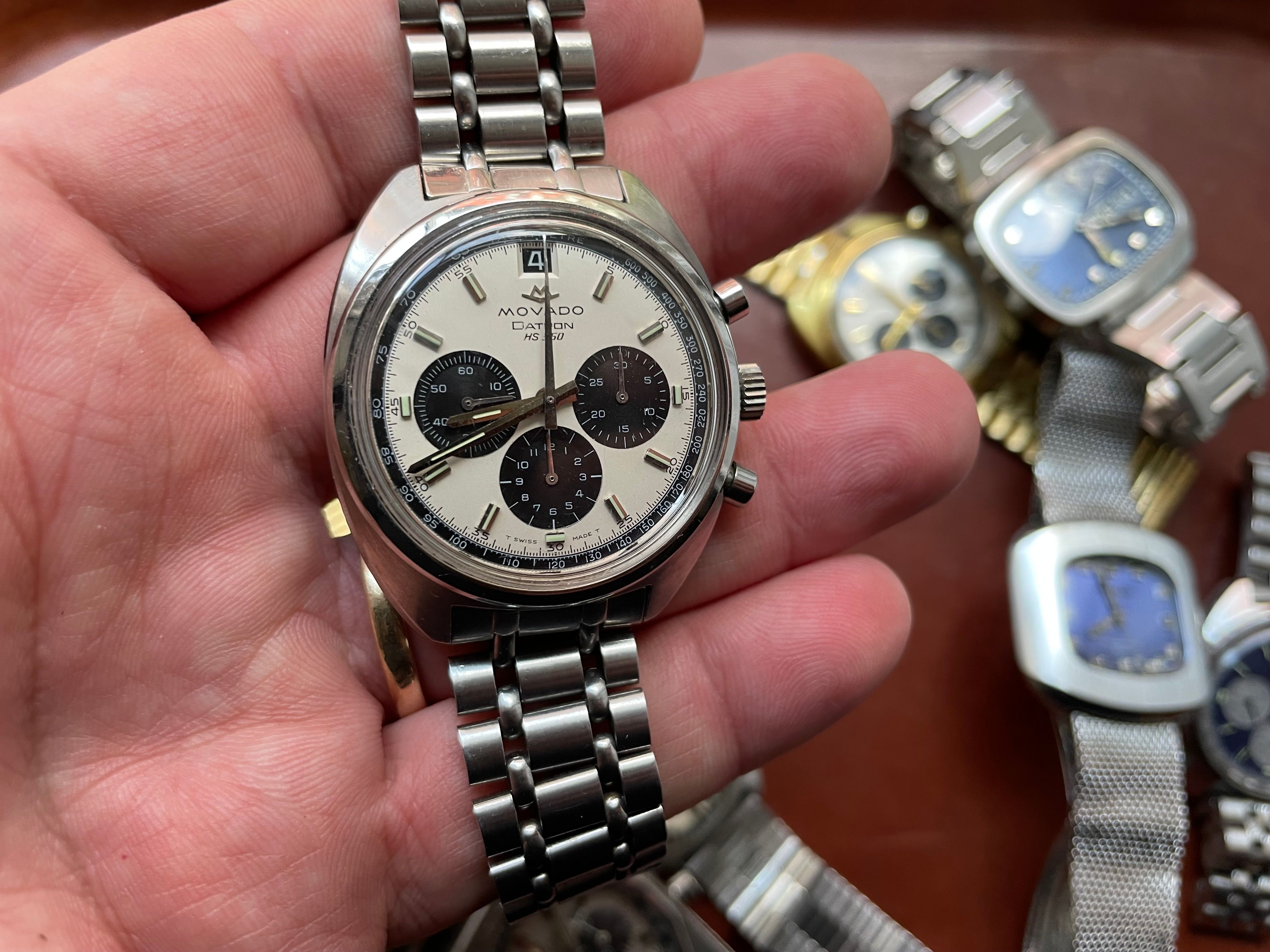
However, the rapid rise of quartz technology in the 1970s, known as the Quartz Crisis, dramatically altered the landscape of the watch industry. As Swiss watchmaking was hit hard by the shift to quartz movements, Movado, along with many other traditional manufacturers, faced financial challenges and ownership shifts. In 1972, the Zenith-Movado-Mondia group was purchased by Zenith Radio Corporation of Chicago. A few years later, the company was sold to the Swiss conglomerate Dixi SA. Finally, in 1983, the company came under the control of what would become the Movado Group, a new entity that would guide the brand into the future with a focus on both quartz and mechanical timepieces.
Movado Today
Today, Movado continues to produce timepieces that showcase a perfect blend of traditional craftsmanship and contemporary design. The brand’s iconic Museum Dial has become a symbol of modernist watch design, and its dedication to creating both aesthetically stunning and technically advanced watches continues to resonate with a global audience. In India, where the appreciation for luxury watches is growing, Movado’s timeless designs are beginning to gain more attention from collectors and aficionados alike.
“Movado stands out by combining Swiss precision with artistic design, catering to both traditional and modern audiences. The brand positions itself within the accessible luxury segment, making it a favoured choice for customers who appreciate high quality at an attractive price point”
Ronak Shah, Director - Just In Time - House Of International Watch Brands
Despite its rich history and revolutionary contributions to horology, Movado remains an underrated brand in the world of serious watchmaking, especially in markets like India. However, this is slowly changing as more and more watch enthusiasts begin to recognize Movado’s legacy and commitment to both style and innovation.
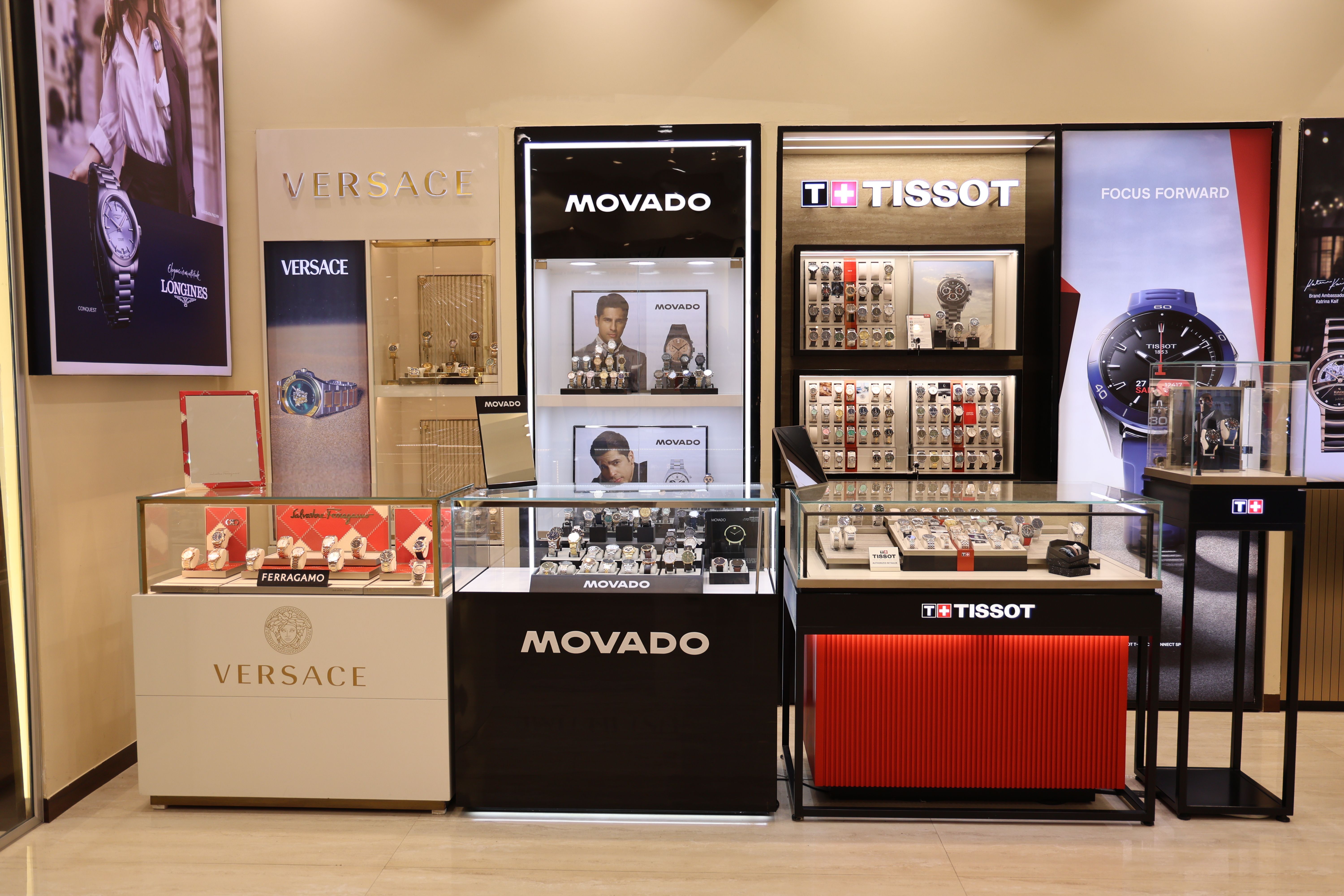
“Movado is widely regarded as a premium brand in India, and at Just In Time, we take pride in being part of their growth story in the country. The brand is known for its iconic designs and art-inspired aesthetics. However, it faces competition from both traditional Swiss brands that emphasize heritage and craftsmanship, as well as modern fashion brands that focus on trends. As a premium retailer, we position Movado as the perfect blend of heritage and modernity, appealing to customers who appreciate understated luxury and timeless design while looking to make a fashion statement. Movado watches are competitively priced in India and are designed for a younger, aspirational audience that seeks both versatility and premium quality.”
Rashi Chheda Shah, Director - Just In Time - House Of International Watch Brands
For many in India, Movado may seem like a brand more focused on style than substance. However, this couldn’t be further from the truth. Movado’s relentless pursuit of innovation, from the creation of ergonomic cases to the development of advanced chronographs, proves that the brand is a serious watchmaker with a legacy that stretches far beyond just its iconic designs. But don’t just take our word for it—visit www.justintime.in or any Just In Time watch boutique and see for yourself!
No articles found



